Trash in our oceans is a serious problem that threatens the marine environment and dependent livelihoods. 80% of marine trash comes from land-based sources and, although it is an entirely man-made problem, it is also entirely preventable. As well as refusing single-use items, reducing your waste, reusing items and recycling trash, you can become part of the solution and make a difference by running beach and underwater cleanup events.
As well as preventing waste from entering the ocean, running cleanup events also helps raise community awareness about the issue of marine debris. Plus, recording data on the trash you collect can influence long-term solutions and decision making.
Inspired to run your own beach cleanup event? Here are a few tips from The Reef-World Foundation team (who coordinate the Green Fins initiative with the support of the UN Environment) on how to make sure it’s a success:
BEFORE THE beach CLEANUP
Choose a location
Identify the area you want to clean and make sure there will be trash to collect! Make sure it is safe, accessible and that you’re allowed to be there. Identify possible hazards such as busy roads, power lines, rocky/slippery areas or high tides and overcome these by changing location or fully preparing your participants with a thorough briefing. Identify where you will have your assembly point, trash collection point and your first aid station.
Decide how many teams of volunteers you will need to clean the site
Each trash collection team should have:
- One data recorder to complete the “Ocean Trash Data Forms” for Ocean Conservancy (which can be downloaded here)
- Two people to hold the trash bag
- Other people to collect trash.
Promote your beach cleanup
Contact everyone you want to take part. To help boost numbers, make it compulsory for all staff to participate and encourage your guests, other local businesses and community members to join in. You might need to send out several reminders in different formats. Remember: busy professionals might not read e-mails and that community members are best engaged through face-to-face contact or posters.
Gather your equipment
Make sure you are fully prepared before the beach cleanup begins with everything you will need, such as:
- Pens/pencils
- Ocean Conservancy data forms
- Clipboards
- Gloves
- Trash bags e.g. rice sacks, cement bags or black sacks
- Cutters, scissors, trowels (to remove trapped items)
- Weighing scales (to weigh your total trash collected)
- A clearly labelled hazardous waste container e.g. empty liquid detergent bottle with lid (for sharp materials such as cut glass/needles)
- Drinking water
- Snacks (no disposable or single-use items)
- Cameras (to document the event)
- First-aid kit and certified first aider
Arrange how the trash will be removed from the site
Once you’ve collected the trash, you’ll need to ensure it can be removed and disposed of responsibly. Can you arrange collection via garbage trucks? Is there a recycling system in your area? Will your local government help?
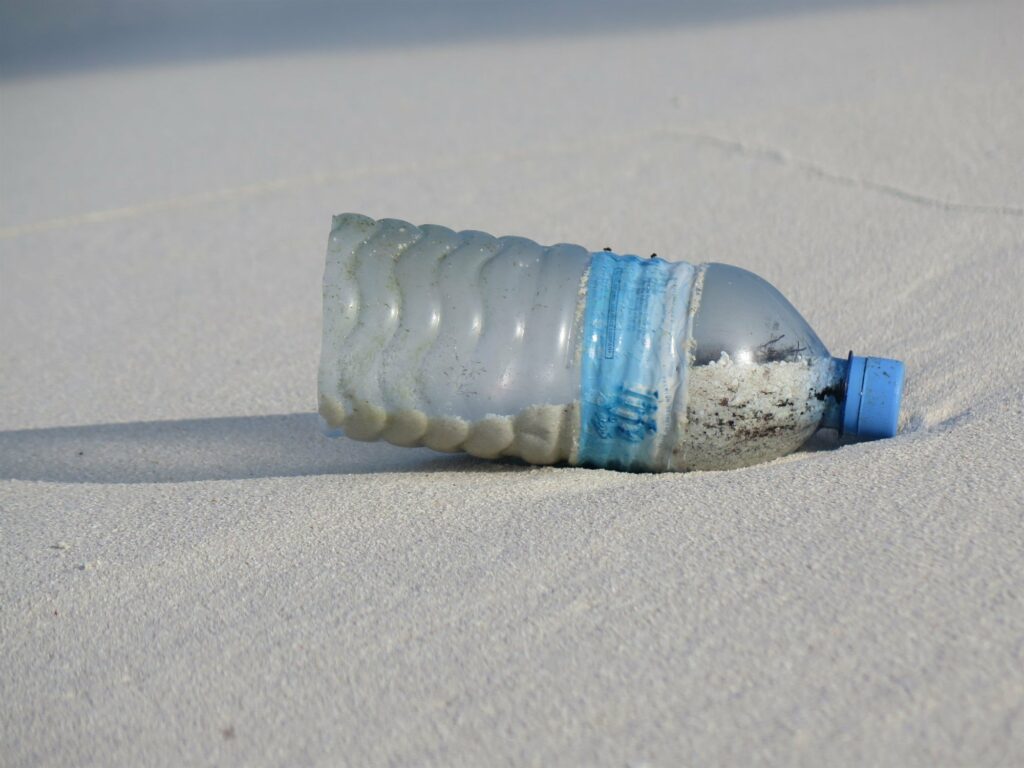
DURING THE beach CLEANUP
Brief participants
Provide volunteers with an event itinerary which covers the following points:
- Registration
- Collect trash & data
- Weigh trash and return completed data forms
- Refreshments
- Thank you and group photo
- Trash removal from site
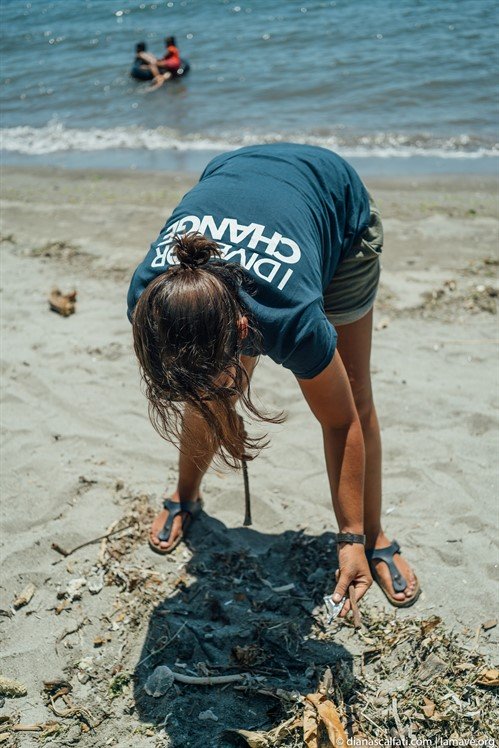
Make sure your volunteers have all the equipment and materials they will need for the beach cleanup e.g. data forms, trash sacks and gloves.
Explain where the trash should be weighed and left for collection and how to complete the data forms. Where recycling is available, explain which items are recyclable and how to keep them separate from the rest of the trash.
Tell volunteers your most important dos and don’ts:
- Collect non-biodegradable items e.g. plastic, glass, metal or polystyrene
- Collect small items e.g. polystyrene balls or sweet wrappers
- Deposit collected trash in the allocated place
- Collect data on the provided data forms
- Work together
- Report back to the weighing station to weigh your collected trash and return your completed data forms to the organiser
- Ensure trash is collected
- Don’t collect biodegradable items e.g. driftwood, coconuts, seeds, seaweed, coral, shells or other vegetation
- Don’t burn any trash you collect
- Never trample vegetation
Document the event
Take before and after photos of the site as well as taking photos during the event to document your beach cleanup.
Make sure all collected trash has been weighed and recorded and all data forms have been correctly filled out and returned to the organiser.
Ensure all trash and recycling is removed properly from the site.
Make sure you do not leave any waste from the event itself.

AFTER THE beach CLEANUP
Say thank you!
Have a short thank you ceremony to acknowledge participants and take a final group photo to celebrate everyone’s hard work. You can share these pictures on your social media channels. Make sure you send your photos and details of the clean up to info@greenfins.net so Green Fins can promote your hard work across its channels too!
Share your results
Reporting what you collected is an important part of your beach clean event. Estimate the distance you cleaned and report your data to the appropriate organisations – for example, sending your pictures and completed data forms to cleanup@oceanconservancy.org.
Encourage the people who took part to share their experiences with you – this might be in the form of photos or fun stories. You can use these to spread the word in person and on social media by telling people about your good work and encouraging them to do the same. Make sure you tag Green Fins on Twitter, Facebook or Instagram so your pictures can be shared with the rest of the Green Fins network.
inspired to organise your own cleanup? download the green fins cleanup guidelines today:
Thank you for helping to protect the marine environment – and avoid causing further damage to the reef – by following these simple guidelines during your beach cleanups.
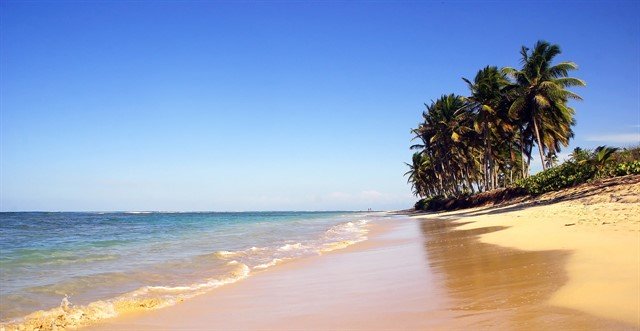
This guide was based on information from the Ocean Conservancy’s Trash Free Seas DIY Cleanup Tool Kit which you can find here.
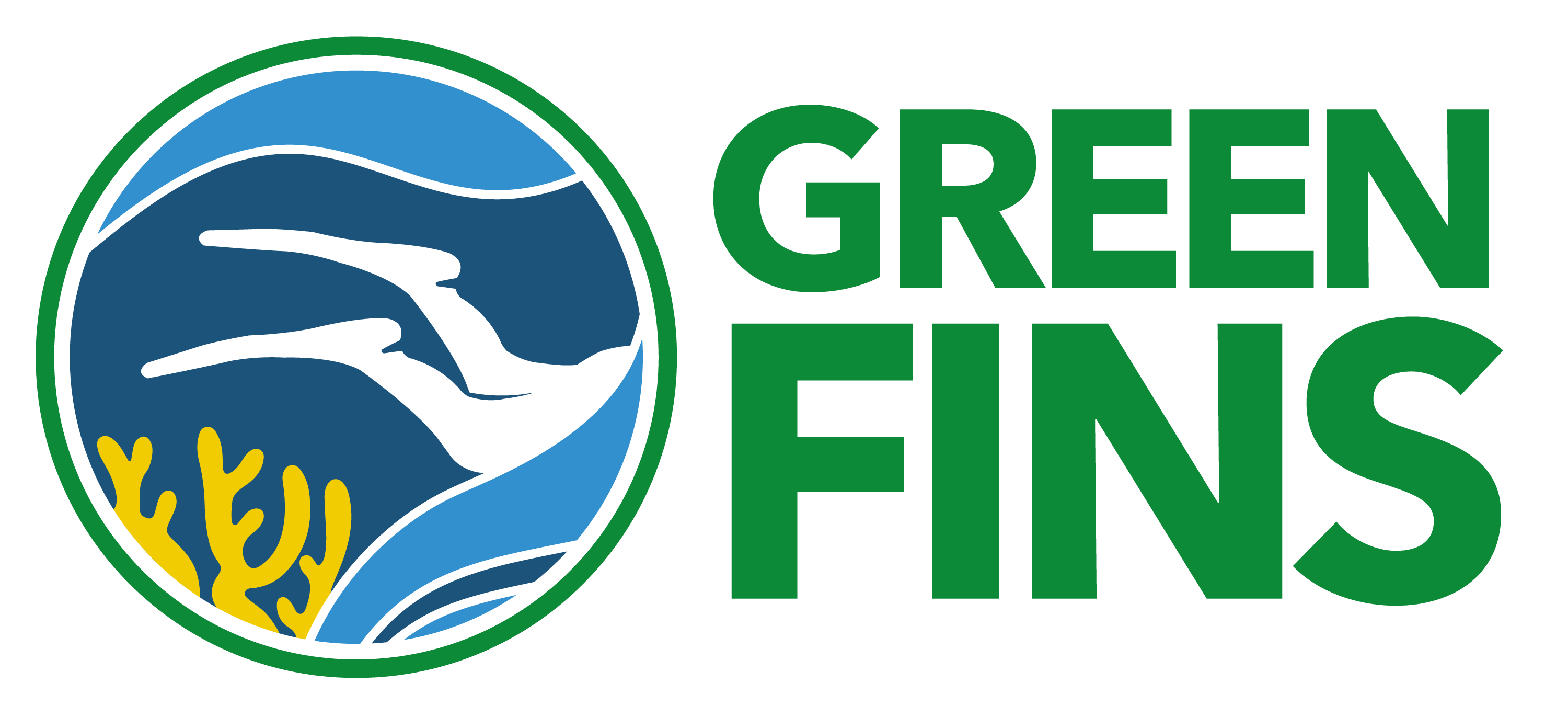
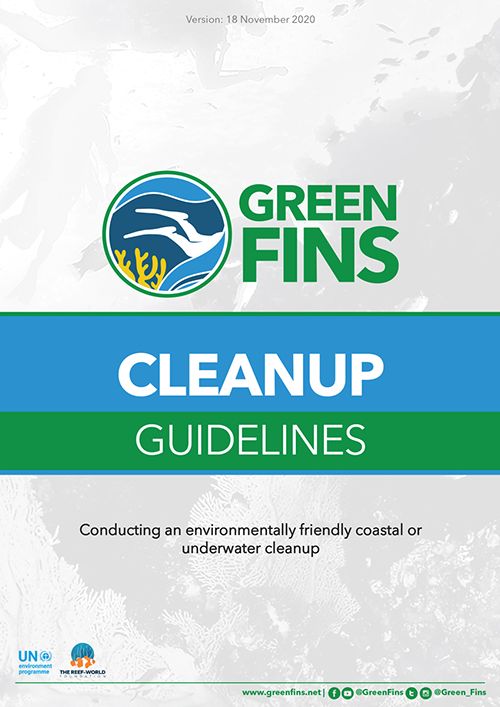
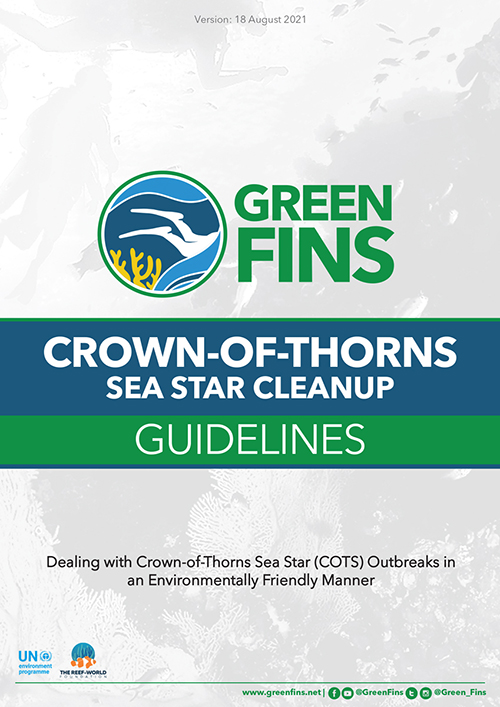
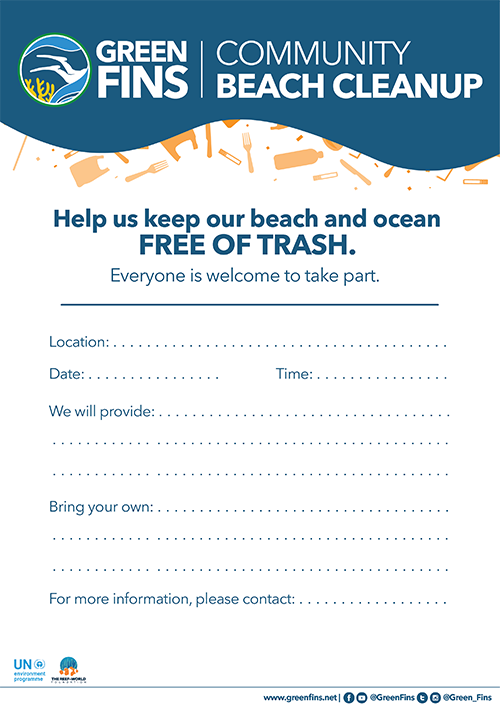

Just go out there and pick up the bloody rubbish
Great to see your enthusiasm Ian. Getting out there and picking up rubbish is great, but there’s an even bigger opportunity to run an event that both teaches participants about the issues of marine debris and how they can make changes on a personal level, as well as collect much needed data to inform future policies and management. This blog is for people who want to take those extra steps.
Thank you for the info 😊 ?
You’re welcome Yasser!
Hi I am Joy Jean Malinao 19 years old and I am Small YouTuber. By the way, tomorrow I am going to conduct an coastal clean-up in my place. And I have many friends to participate. Praying for good weather and health. Thank you very much for the information I’m glad to read all of your blogs. Keep safe and God bless.
Hi Joy, thank you for your kind words and we’re glad to hear that you like our blogs. Hope your cleanup event went well!
We are the first to provide beach cleaning services in Egypt… we are doing a lot of volunteer work for public beaches to save the environment
Hi Wael, that’s great to know. Keep doing the amazing job you guys do in keeping Egypt’s beaches clean!
We are the first volunteer team to do beach cleaning at Diani beach .we are very excited to do this voluntary job along the beach because the beach means a lot to us😀.Villa beach cleaning initiative
Thank you for sharing your great efforts in Diani Beach, Samson. Keep up the great work! Don’t forget that while cleanup activities are important, it’s also important to educate people to reduce their waste to tackle the problem from the source 🙂
i,thank you for the info.
Hi..Thank you for the information,very interested.